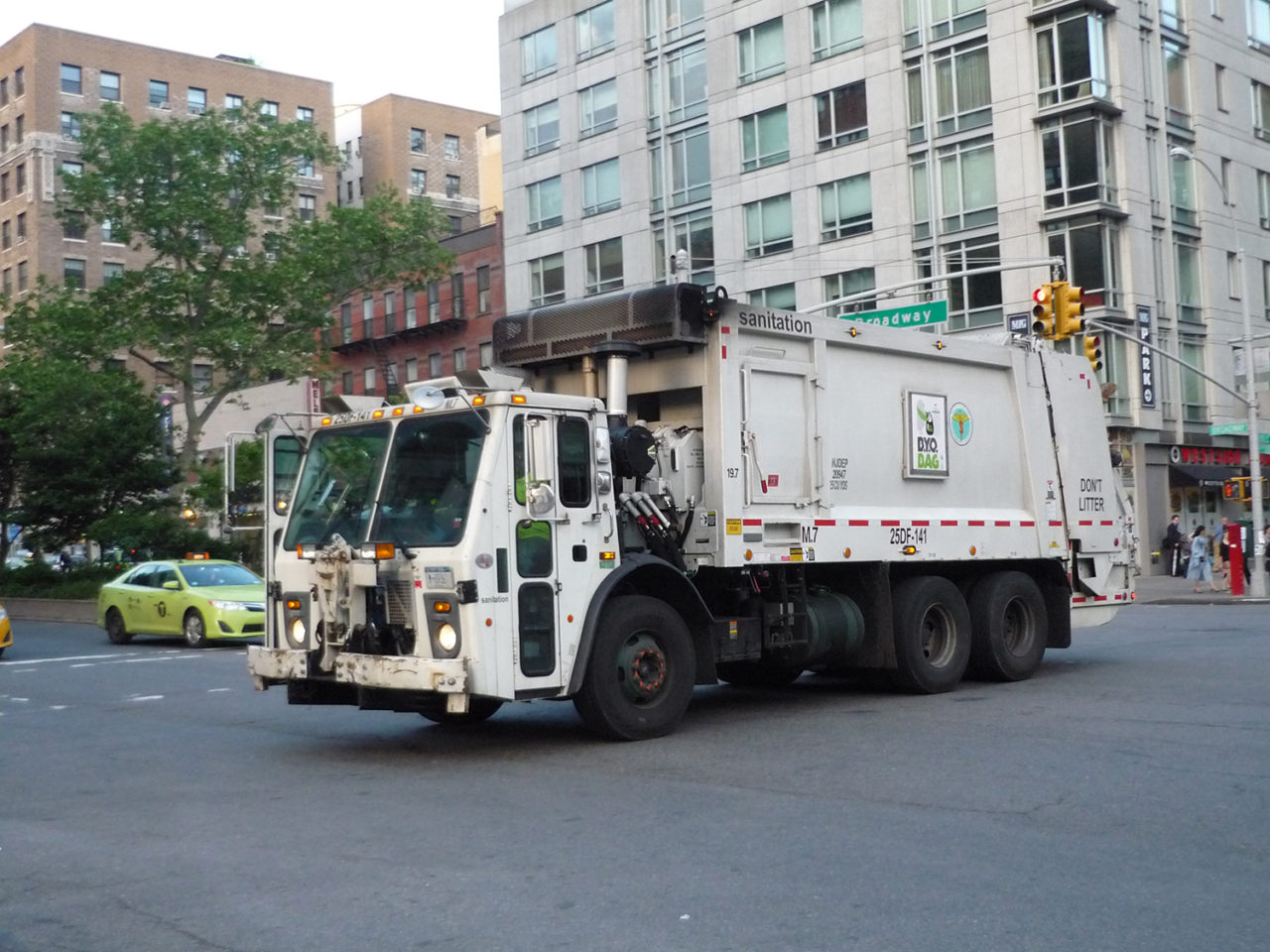by: Adam Roberts
At one time, sustainable design was associated mostly with environmentalism. Now, discussions over topics such as historic preservation, affordable housing, and waste have all become heavily intertwined with sustainability.
AIA New York has emphasized the importance of taking a more holistic view of sustainable design. For instance, the following the announcement of the potential future demolition of 270 Park Avenue, AIANY expressed concerns. While a historically and architecturally important International Style building, 270 Park Avenue would also be the tallest ever purposely demolished building. Demolition and construction is particularly harmful to the environment and AIANY emphasized the importance of reusing large and historically important buildings, rather than simply leveling them.
Affordable housing has similarly seen further emphasis on sustainability. Last year, Int. 1745, a bill requiring that energy and fossil fuel limits be placed on existing buildings, was introduced in the New York City Council. Of great concern for architects is whether such a bill would encourage improvements in sustainable design of all buildings or only those in which the landlords could afford it. The latter could further divide the city between the haves and the have nots: those working or living in retrofitted buildings with temperature controls, versus those still forced to deal with steam heat and poor insulation because they or their landlord couldn’t afford to retrofit.
This wholistic view of sustainable design also encompasses designing for the waste stream. Designing Waste: Strategies for a Zero Waste City is an exhibition set to premier in the Center for Architecture detailing how architecture can tackle the problems of increasing waste in our city. AIANY is also hosting the Zero Waste Challenge, a competition for firms to see how much they can reduce waste in their own offices. The Center for Architecture will also join the challenge and try to reduce their waste generation and increase diversion. Both of these initiatives are based on the Zero Waste Design Guidelines produced by AIANY, which detail how to meet the City’s goal to send zero waste to landfills by 2030.
Pulse Points:
- Last week, New York City Transit (NYCT) Chair Andy Byford released Fast Forward: The Plan to Modernize New York City Transit. The plan calls for the modernization of signal systems, more accessibility at stations, and general improvements to stations. AIANY will keep our members updated on the progress of the plan.
- On Tuesday, May 29, AIANY was proud to testify in favor of the planned expansion of the Frick Collection by Selldorf Archtiects at the NYC Landmarks Preservation Commission. The proposed expansion manages to give the public greater access to historic interiors, without compromising the landmarked exterior. AIANY’s official statement can be read here.
- On Thursday, May 31, Citizens Housing & Planning Council will be holding an event to discuss the importance of the U.S. Census to New York City and its residents—and how the housing industry will be affected and can help prepare for 2020. Click here for more information.








